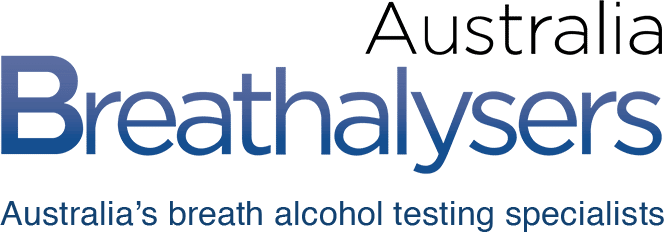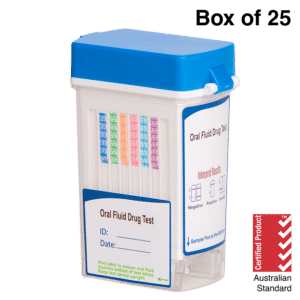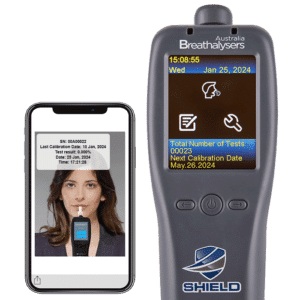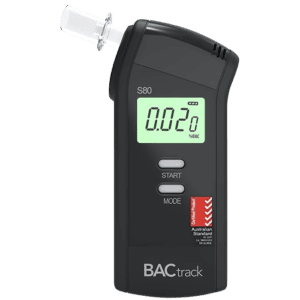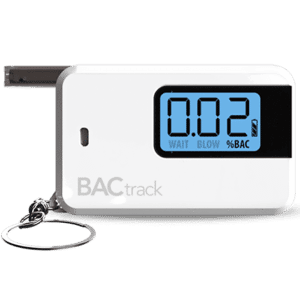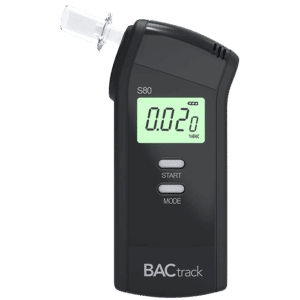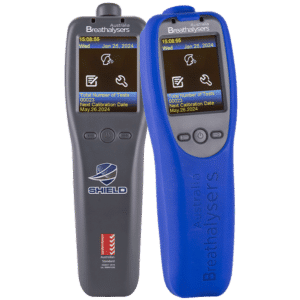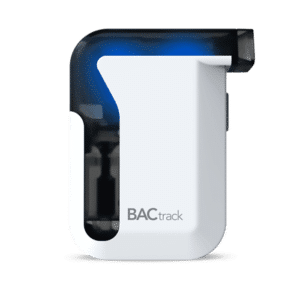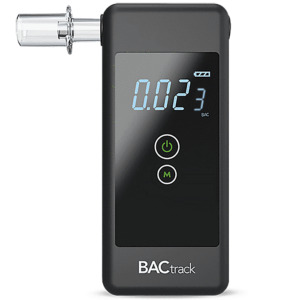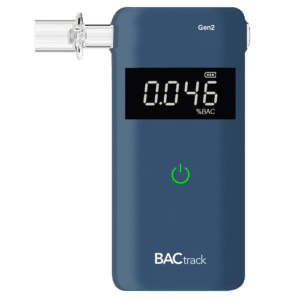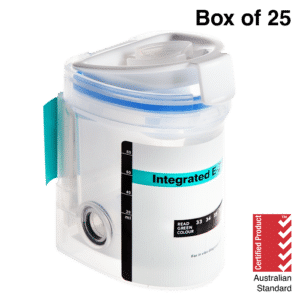Drug and Alcohol Policy in the Workplace: The Need to Know
05 April, 2024

A drug and alcohol policy in the workplace refers to a set of standards in relation to regulating the use of illicit substances among its employees. It ensures workplace safety and productivity. Accordingly, the development of the workplace policy begins with assessment and drafting. Then, it undergoes consultation. Finally, the policy will be subjected to finalisation and adaptation. Furthermore, the policy components may include purpose and scope, testing procedures, and measures for breaches.
Harmful alcohol consumption and the influence of drugs can seriously affect employees and employers. It jeopardises the safety of employees and affects workplace health and productivity. Hence, it is essential to have a variety of control measures to address the issue. A well-structured safety initiative like company policies can help organisations create a safe and productive work environment. This article will present alcohol and drug policy in the workplace, its development, and its components.
What is a Drug and Alcohol Policy in the Workplace?
When employees consume illegal drugs, misuse prescription medications, or have an alcohol addiction, these can impair cognitive and physical functions. For instance, the influence of alcohol can reduce the ability to think clearly and react promptly. Similarly, illicit drugs or the abuse of prescribed medications can alter perception and physical condition. Fortunately, employers can create effective policy statements.
The drug and alcohol policy in the workplace is a set of official guidelines a company implements. It is to ensure a safe, productive, and healthy work environment. Accordingly, the policy aims to prevent the use, possession, distribution, or sale of drugs and alcohol within the company premises. It operates as preventive and corrective measures. It outlines the stance of the company on substance misuse issues and disciplinary measures.
Nevertheless, the inception of such a policy underscores the dedication of the organisation to the well-being and safety of its workforce. Furthermore, the execution of this policy is grounded in a fair and transparent approach. Moreover, the guideline serves a critical role in protecting the interest of the company. It helps mitigate potential legal liability or legal challenges.
Importance of the Policy
- Enhance a safe working environment: The policy safeguards employees by minimising safety risks like accidents, injuries, and other work-related risks.
- Boost a productive workplace: Employees are more likely to be more focused and efficient.
- Supports occupational health: The policy often includes support mechanisms for those battling substance abuse disorders. It may consist of Employee Assistance Programs (EAPs) and procedures for counselling.
- Protects the reputation of the organisation: It helps maintain a positive public image as it demonstrates a commitment to responsible and ethical behaviour.
- Reduces legal liabilities: It helps a company comply with special requirements. Thus, it reduces the risk of legal issues.

Development of a Drug and Alcohol Policy in the Workplace
Developing a drug and alcohol policy in the workplace involves a series of strategic steps. The company starts by conducting a comprehensive assessment of the workforce. It consists in identifying the level of risk of substances and the specific needs of the organisation. Nevertheless, they gather data, review current policy templates, and consider legal obligations to ensure the foundation for the new policy.
Then, the company moves to the drafting phase. They develop the initial version of the policy. It involves outlining clear objectives, defining the scope of the policy, and specifying rules. With a draft in hand, the company enters the consultation phase. It involves sharing the draft policy with various stakeholders, including legal advice from experts, management representatives, and employee representatives.
After incorporating feedback, the company finalises the policy. It involves revising the policy to reflect the input received. Also, it ensures that the policy is clear, comprehensive, and enforceable. Recognising that the workplace evolves, the company regularly reviews and adapts the policy. It ensures the guideline remains relevant, effective, and aligned with current laws.
Communication and Training for All Employees
Communication of the policy is a continuous process. The organisation ensures that every employee receives detailed information about the policy regardless of their position. It is achieved through sessions for new hires, regular workshops, and updates via the company intranet or company noticeboard.
Accordingly, training to employees play a critical role in reinforcing the objectives of the policy. Employees participate in education programs to learn the dangers of alcohol misuse and drug issues. These programs also provide practical advice on how to seek help for substance-related problems. Nevertheless, it encourages an open culture where workers feel comfortable discussing their concerns.

Components of a Drug and Alcohol Policy in the Workplace
An effective drug and alcohol policy in the workplace involves various vital components. The guideline starts by clearly stating its objective. It outlines who the policy applies to. Accordingly, it details the specific behaviours that are prohibited under the policy. It usually includes the use, possession, distribution, or sale of substances. Also, many policies contain information about EAPs, rehabilitation services, and external support resources.
Moreover, the policy covers the testing processes. It may include pre-employment, reasonable, post-accident, and random testing. Additionally, it may involve the testing process. It includes urine, saliva, hair, blood, and alcohol breath testing. Furthermore, clear consequences for violating the policy are essential. It outlines disciplinary actions like warnings, grounds for transfer, suspension, or termination of employment.
The policy must emphasise the commitment of the organisation to maintaining confidentiality. It fosters an environment of trust and encourages employees to seek help. Finally, the policy outlines the plan for communicating the policy to all employees and providing ongoing training. It ensures that employees are aware of the policy and understand its importance.
Can an Employee Refuse a Test?
In most cases, an employee cannot refuse a drug and alcohol test if it is a requirement set forth by their employer. Many companies, such as rail transport and others with risk tasks, have policies requiring employees to undergo testing. Employers have the right to implement drug and alcohol testing policies to ensure a safe work environment and to comply with regulations.
Additionally, refusing a test could result in disciplinary action. It may include verbal or written warnings, suspension, transfers, and even termination of employment. Nevertheless, it is essential for employees to understand the policies of the company.
Conclusion
In conclusion, having a drug and alcohol policy in the workplace is crucial in many industries. It is a guideline that an organisation implements to prevent the use, possession, distribution, or sale of substances within the workplace premises. The policy is particularly beneficial in safety-critical industries and jobs. Accordingly, a comprehensive alcohol and drug policy offers numerous importance. It enhances workplace safety, productivity, and health, protects the reputation of the company, and reduces legal liabilities.
Furthermore, developing a policy in the workplace involves several steps. It includes comprehensive assessment, policy drafting, consultation, finalising, and adopting the guidelines. Nevertheless, communication and training for workers are essential in the development. Moreover, the policy covers various aspects. It includes outlining the objectives, EAPs, testing processes, disciplinary measures, and confidentiality. Additionally, it is vital to recognise that employees cannot refuse a test without consequences.





